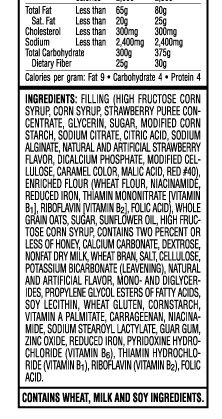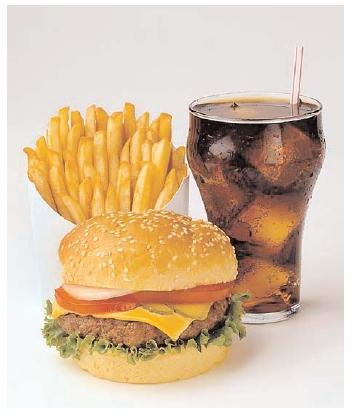In "The Scarcity Fallacy," Stephen J. Scanlan, J. Craig Jenkins, and Lindsey Peterson discuss the real reasons for the issue of world hunger. World hunger is not due to food scarcity. In fact, food is rather abundant. The problem is that the copious amount of food is not distributed equally around the world. In addition, more reasons for world hunger include mostly economic and social factors. For example, poverty is a major factor that contributes to world hunger. According to this article, "the poorest citizens spend upwards of 60 percent of their income on food. By way of contrast...the poorest Americans only spend between 15 percent and 20 percent on food." Other reasons for hunger include unequal opportunities for women, ethnic inequalities, and social inequalities. Solutions to the world hunger problem include reducing ethnic, gender, and social inequalities. If better access to education is given to developing countries, then people can create better lives for themselves to get out of poverty. Giving women access to contraception will reduce family size in developing countries, resulting in a decrease in child hunger. Also, the article states that "it would cost less than one percent of the current U.S. stimulus package to save a generation around the world from poverty." We could greatly reduce world hunger if we donated more money to developing countries.
I was actually not surprised to learn that the reason for world hunger was not due to food scarcity. Before reading this article, I thought it was mostly due to poverty and people's limited accessibility to food. The fact that I found interesting was the study that Tina Kassebaum researched in which she learned that program aid is not determined by the country's child hunger percentage, but emergency/project aid is. What determines where program aid is given, if it's not given to those who are starving? In this article, the authors state several solutions to the issue of world hunger. For example, one solution is reducing or eliminating ethnic and gender inequalities. However, how can we help reduce these inequalities?













